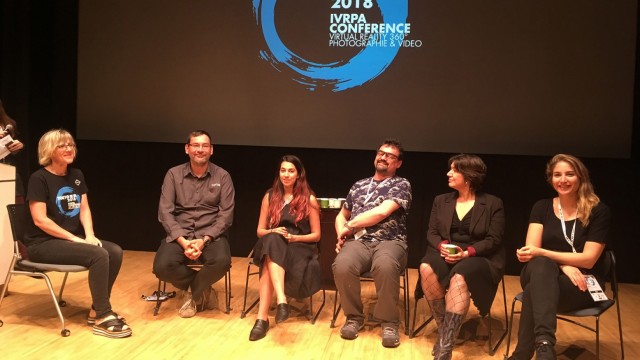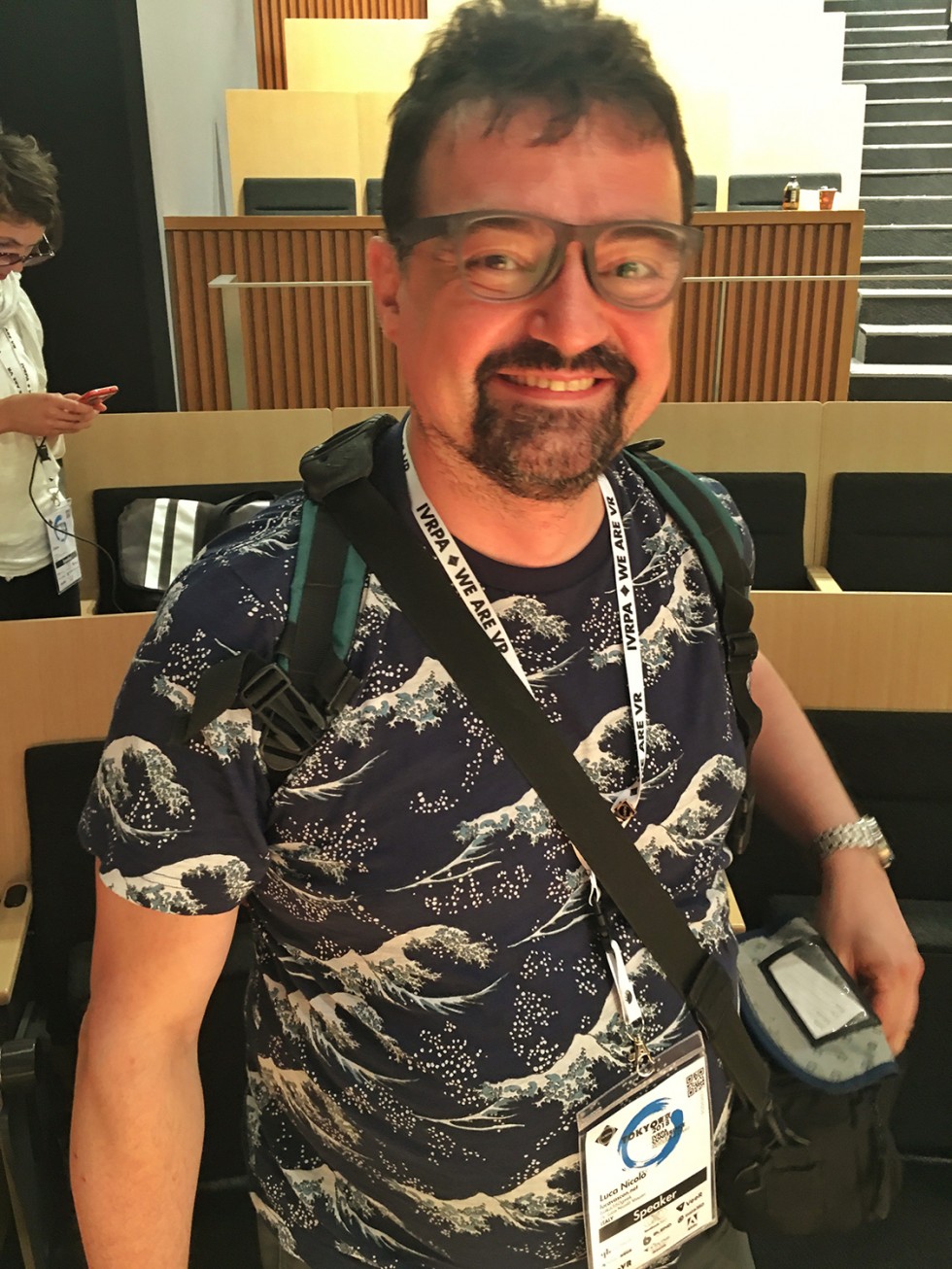What are some of the biggest challenges for 360 video and photography to become widely adopted?
Today, the biggest challenge is why we should use a 360 and not a standard 2D, narrow content.
There are some answers to that question but currently, the only one everybody is focused on, is because of HMD.
It is true that these devise, by their nature, encourage to consume 360 content and not 2D content. But it is always needed ?
To get widely adopted, we need to put the mobile at the center of that and that means flat screen consumption of 360 content and we need to get a real reason of using a 360 media instead of a 2D media.
Is monetization one of the key challenges?
Monetization is a challenge at both end of the industry, at creation and at building audience.
First, at creation, it is true that it cost more than 2D content to make. It is hard, it requires a lot of post-production, it is still challenging to integrate CG into that medium. Nonetheless, compared to just 2 years ago, massive improvements have been made and it starts to be something that many businesses can order whereas in the past, it was only the big brand that had the budget.
Then the audience. As the number of HMD is not that high, the real audience is limited by these devises and this is how many people calculate the audience. Which should not be the case. Again, a 360 video on youtube can get a really good number of views and only a fraction of these were through HMD. If the same 2D media and 360 media is compared from the viewer point of view, the feeling of being immerged is far higher, the empathy is higher, and this is gold for brands.
So there is definitively value to that new media but it will take some time to get to a full industry.
What needs to be done so that content creators can make more money?
We are still at Melies time of cinematography for that 360 media industry. What is important today is education. 2 years ago, everybody was doing 360 as it was nice to do that, it was the trend, the fashion to do that. What would help the industry to recover from fashion crisis is to write some real white papers about all these past good projects and tell what the outcomes were: number of views, audience, reaction, etc. We have to get move the industry from assumption to fact.
On those facts, the content creators will be able to make solid money.
Will the future of viewing 360 content be in or out of headset?
As said before, my opinion is that the vast majority of consumption will be out of the headset.
Is there a convergence of mediums?
That’s a nice word, a seductive concept, the humanity loves to unit all matters in a single word. But I don’t believe in it. Producing a good 360 requires just a completely different set that for 2D video, post processing is also really different, etc. Let’s make a parallel with the same trend that existed in the past with convergence of 3D assets produced for gaming and movie industry. Some company did try to build bridges between the game and the movie for the same franchise. There has been some attempt, but it didn’t really worked as far as I know.
How important is integrating interactivity and traditional 3D into Cinematic 360 photography and video?
For me, this is the most important topic to make the 360-industry successful. This could be the key differentiator compared to 2D content. Let me explains.
360 is already making you a bit more active than a standard video: you have to turn your head to look everywhere. And this small fact will divide the world in 2: the viewer that will never turn the head or drag the mouse to turn the video. For those, a 2D video is just fine. The second part are the one that got engaged in the first step, moving the head. And for those, we need to propose more, actions buttons that triggers something, nonlinear storytelling, augmented information with text, images, but also real 3D as overlays, or directly in a real 3D space. The end of this path is the full 3D game. Many viewers are used to that today and we need to aim toward that direction but based on captured content.
Look at the past 3 years evolution around Instagram. What did get them toward a bigger success? Interaction did play a lot there. Like on stories, sliders, etc.
Where do we go with 360 imagery?
For 360 imagery, there is no big central place. You can use google photo that understand that format and that’s it. There’s also google street view system, but it is too heavily focused on mapping application. We need something photographic / aesthetic oriented and my preference would be to have Instagram support 360.
Notes: theses reflections are my own and should not be taken to be also GoPro point of view. – Alexandre Jenny







